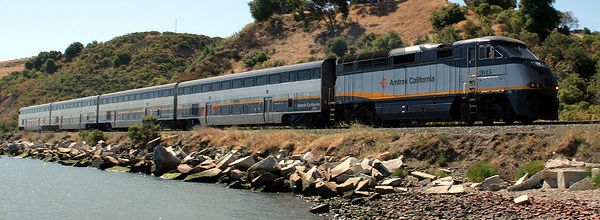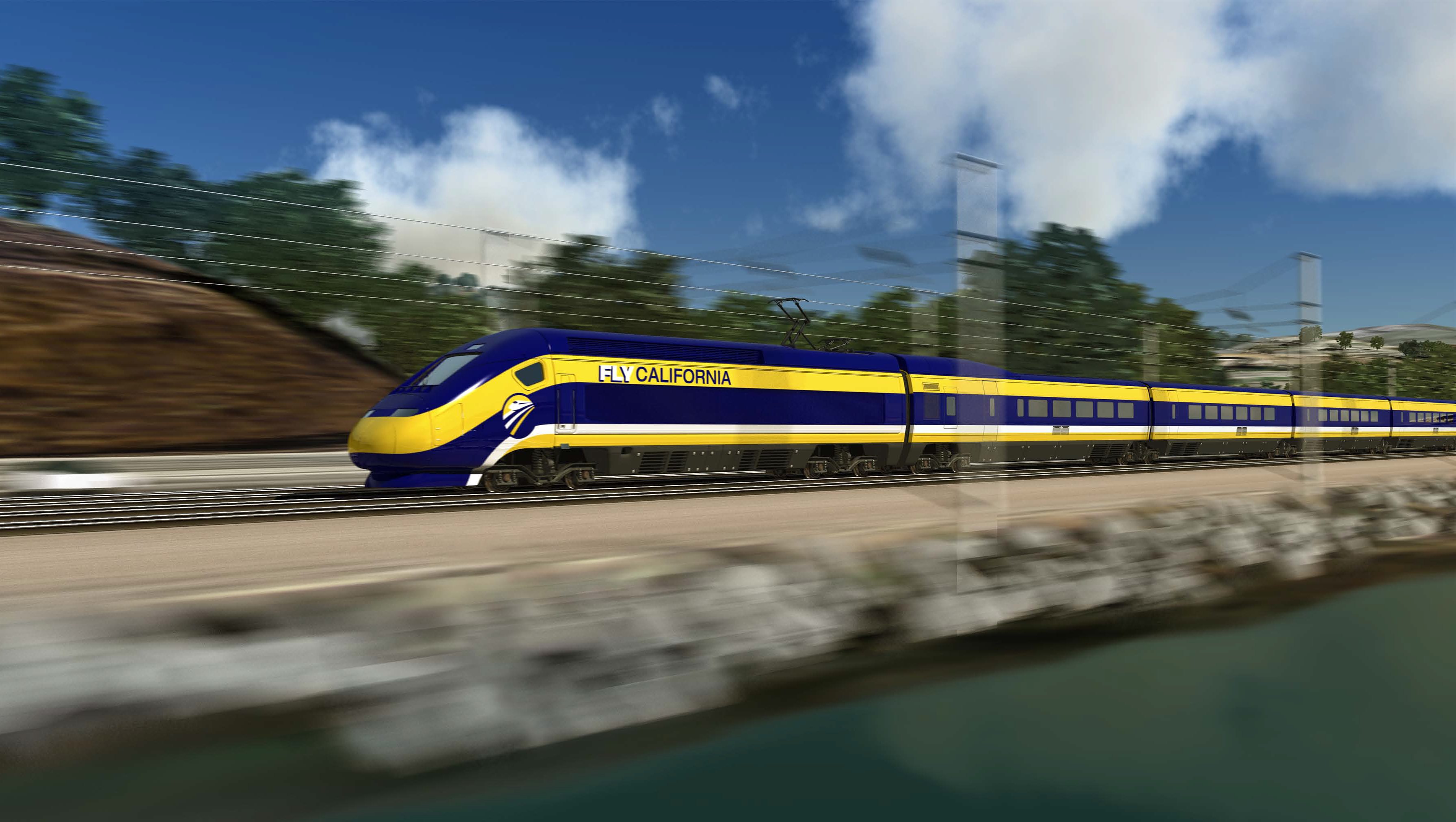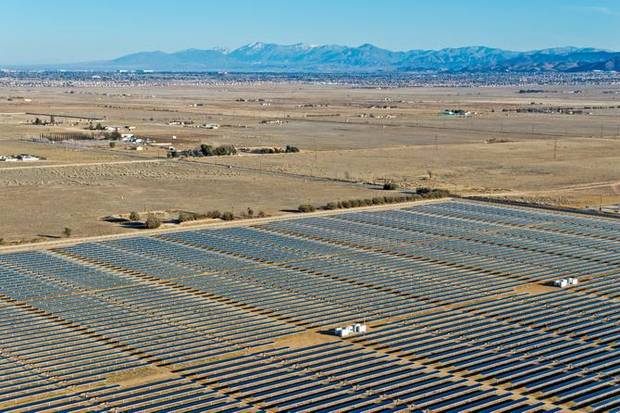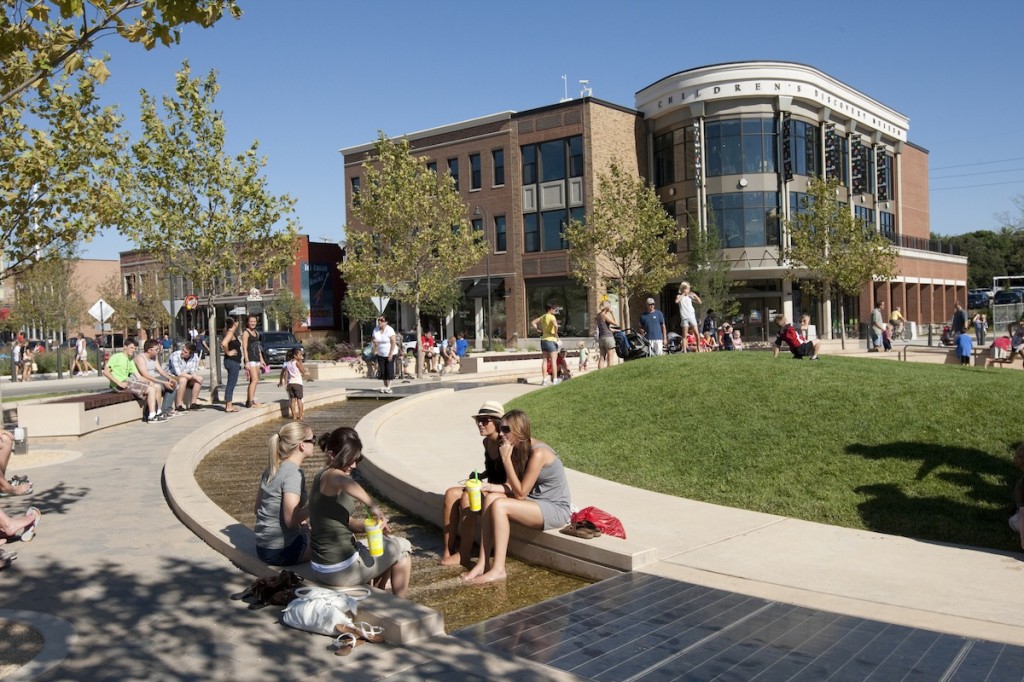A column of essays about Sustainable Energy & Transport, Transport for Economic Opportunity, and the Climate Catastrophe which our nation and the globe is plummeting toward, aided and abetted by vested interests and staunch defenders of the status quo. After a corridor realignment, Sunday Train has been running out of Voices on the Square as its origin Station since July 2012. BruceMcF is the lead author, and accepts submissions. Frequency is mostly weekly, normally sometime Sunday evening, except when life happens in such a way that it isn't.
 A few weeks back, I teased that I wanted to take a bit of a look at Texas Rooftop Solar in the Sunday Train (which is, recall, focused on Sustainable Transport & Energy, and so both not just about trains, and also not in favor of trains when the trains are advancing climate suicide) ... and then the California budget passed and I went on a two week binge on California HSR.
A few weeks back, I teased that I wanted to take a bit of a look at Texas Rooftop Solar in the Sunday Train (which is, recall, focused on Sustainable Transport & Energy, and so both not just about trains, and also not in favor of trains when the trains are advancing climate suicide) ... and then the California budget passed and I went on a two week binge on California HSR. I'm a terrible tease ~ that is, in the sense of "not terribly good at it" ~ since I teased more on Texas Rooftop Solar, both two weeks ago when I
I'm a terrible tease ~ that is, in the sense of "not terribly good at it" ~ since I teased more on Texas Rooftop Solar, both two weeks ago when I  Sunday Train has covered the California HSR project on a number of occasions in the past. However, there was no special attention given to what was widely covered at the time as the "end of California HSR", when a judge ruled that the proposed Business Plan did not meet the terms of the Prop1A(2008) which governed the sale of much of the $9m in state bond authority which had passed in 2008. The Sacramento Bee covered the issue at the time, including the
Sunday Train has covered the California HSR project on a number of occasions in the past. However, there was no special attention given to what was widely covered at the time as the "end of California HSR", when a judge ruled that the proposed Business Plan did not meet the terms of the Prop1A(2008) which governed the sale of much of the $9m in state bond authority which had passed in 2008. The Sacramento Bee covered the issue at the time, including the  Well, what do you know? I look around, and see a story saying
Well, what do you know? I look around, and see a story saying  For me, when I hear the word "bipartisan", my first reaction is to brace myself to confront a piece of corporate mischief making being peddled under the excuse that there is some other piece of corporate mischief making that is even worse and this bad policy will stop ... or sometimes just delay ... that even worse policy from being implemented.
For me, when I hear the word "bipartisan", my first reaction is to brace myself to confront a piece of corporate mischief making being peddled under the excuse that there is some other piece of corporate mischief making that is even worse and this bad policy will stop ... or sometimes just delay ... that even worse policy from being implemented. We are going to be hearing increasingly this year about the Highway Funding Crisis. Much of that discussion will be directed toward exploiting the political leverage that our car addiction gives to the Highway Lobby.
We are going to be hearing increasingly this year about the Highway Funding Crisis. Much of that discussion will be directed toward exploiting the political leverage that our car addiction gives to the Highway Lobby. This last weekend I wrote up a
This last weekend I wrote up a